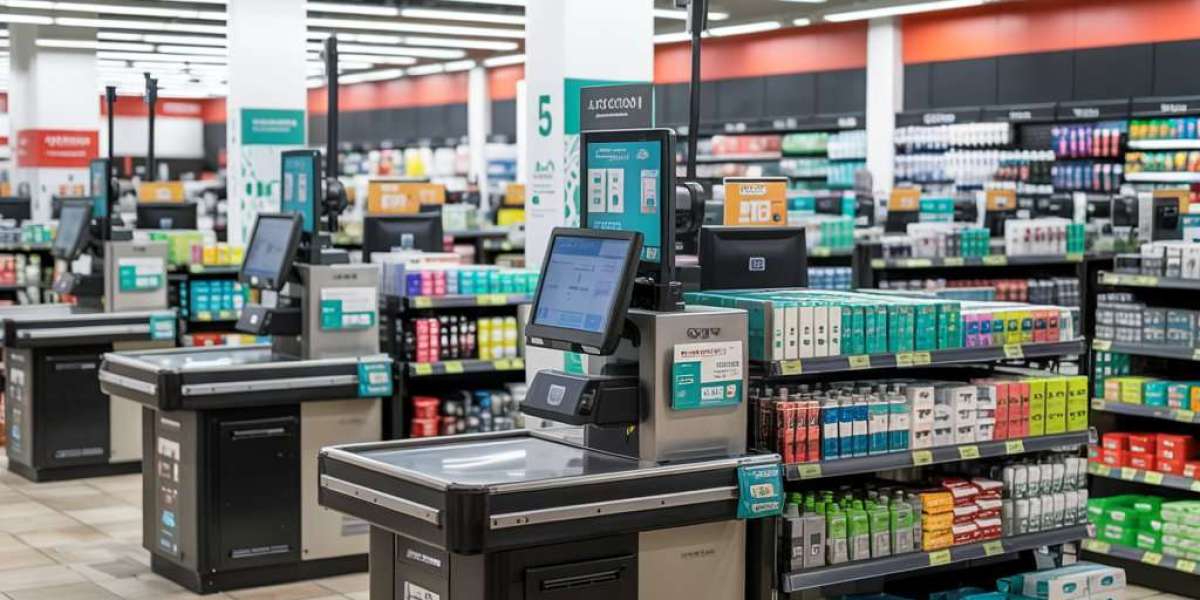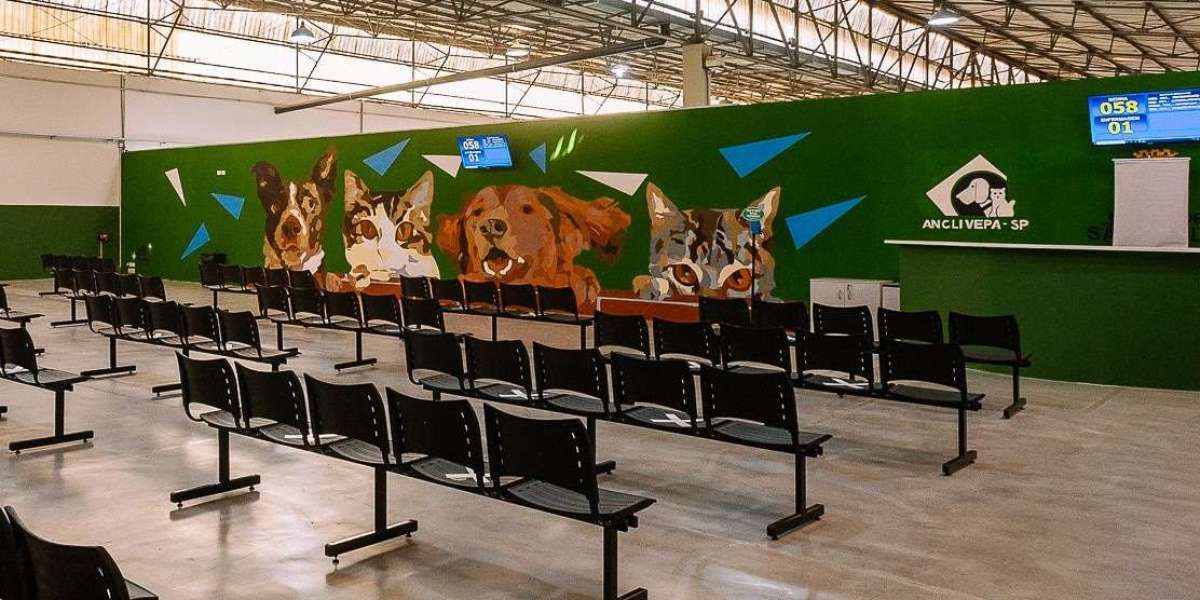Understanding Automated Checkout Software
What is Automated Checkout Software, and How Does It Work?
In the modern retail world, time is money, and businesses are continually looking for ways to streamline operations. This is where automated checkout software comes into play. Essentially, automated checkout refers to technology that allows customers to complete their purchases without the need for human intervention. Whether it's through self-checkout kiosks, mobile apps, or smart carts, the goal is to speed up transactions and reduce human error.
These systems use a combination of technologies like artificial intelligence (AI), computer vision, and Internet of Things (IoT) to scan items, process payments, and even track inventory in real time. By eliminating the need for cashiers, automated checkout offers a faster, more efficient way for customers to shop while reducing operational costs for retailers.
The Evolution of Checkout Systems: From Manual to Autonomous
The traditional manual checkout system has been around for decades. It involved cashiers manually scanning each item, processing payments, and bagging groceries, which often resulted in long lines and customer dissatisfaction. However, with the rise of technology, the manual process has gradually evolved into more automated systems like self-checkouts.
The move from manual to autonomous checkout systems is primarily driven by the need for speed, efficiency, and cost reduction. Self-checkout lanes, where customers scan and bag their items themselves, have been the first major breakthrough. Today, even more advanced systems are emerging, using computer vision and AI to automate the entire process without customer involvement.
Key Technologies Behind Automated Checkout: AI, IoT, and Computer Vision
To understand the power of automated checkout, it's essential to look at the technologies driving it.
Artificial Intelligence (AI)
AI plays a critical role in automating checkout by enabling systems to recognize items, process payments, and predict purchasing patterns. It powers features like automated scanning, fraud detection, and personalized offers. For instance, AI can automatically detect the size, color, and type of an item without needing to scan a barcode.
Internet of Things (IoT)
IoT connects various devices and sensors to the internet, creating a network that helps track inventory, monitor product movement, and even detect when items are picked up by a customer. This real-time data helps optimize store operations, improve stock accuracy, and ensure that the checkout process is smooth.
Computer Vision
Computer vision is perhaps the most fascinating part of automated checkout. This technology uses cameras and sophisticated algorithms to visually recognize products on a shelf or in a shopping cart. It can identify items by shape, size, and visual markers, eliminating the need for scanning barcodes. A good example of this is Amazon's Just Walk Out technology, which automatically detects what products a shopper picks up and charges them accordingly.
Benefits of Automated Checkout Software
Enhanced Operational Efficiency
One of the primary benefits of automated checkout software is its ability to reduce queues and streamline the checkout process. This not only enhances the shopping experience but also frees up staff to focus on more value-added tasks, such as assisting customers, stocking shelves, or providing personalized recommendations. Retailers can handle a high volume of transactions with minimal human intervention, improving overall store efficiency.
Improved Customer Experience
In a world where convenience is king, automated checkout systems offer customers faster, more convenient shopping experiences. No more waiting in long lines or searching for a cashier—shoppers can simply grab their items, scan them, and pay. With options like mobile payment and contactless checkout, customers can breeze through the store, saving time and increasing their satisfaction.
Cost Savings
For businesses, automated checkout systems represent a significant reduction in labor costs. By reducing the need for cashiers and other employees at the checkout, companies can reallocate resources to other areas, leading to cost savings. Additionally, these systems help optimize processes, reducing the time it takes to check out a customer and increasing the volume of sales.
Data-Driven Insights
Automated checkout systems also offer powerful insights into customer behavior. By tracking purchases in real-time, businesses can analyze trends, make data-driven decisions, and personalize marketing campaigns. These insights help businesses stay competitive and better serve their customers.
Challenges in Implementing Automated Checkout
Addressing Security Concerns and Minimizing Theft Risks
One of the key concerns with automated checkout is the risk of theft. Without a human cashier, it’s easier for customers to slip items past the sensors. However, technologies like AI and computer vision are being developed to reduce these risks by identifying suspicious behavior and alerting staff when necessary.
Overcoming Initial Setup Costs and Integration Hurdles
While the long-term savings of automated checkout are substantial, the initial setup costs can be high. Businesses must invest in hardware, software, and training, which can be a barrier for smaller retailers. Moreover, integrating automated systems with existing infrastructure and inventory management systems can pose significant challenges.
Ensuring Accessibility and Usability for All Customers
While many tech-savvy customers are comfortable using self-checkout systems, not everyone is familiar with the technology. It’s essential for retailers to ensure that their automated checkout systems are user-friendly and accessible to a wide range of customers, including older adults and those with disabilities.
Key Features of Effective Automated Checkout Systems
Real-Time Inventory Tracking and Updates
A critical feature of automated checkout is the ability to update inventory in real-time. This ensures that businesses always have accurate stock levels and can quickly respond to changes in demand.
Seamless Payment Processing Options
Effective automated checkout systems must support a range of payment options, including credit cards, mobile wallets, and contactless payments. This flexibility ensures that customers can complete their transactions in the way that is most convenient for them.
Integration with Loyalty Programs and Personalized Marketing
Many automated checkout systems integrate with loyalty programs, offering customers personalized discounts and rewards based on their purchasing behavior. This integration can significantly enhance the shopping experience and encourage repeat business.
Use Cases: Transforming Retail Operations
Grocery Stores: Managing High-Volume Transactions Efficiently
Grocery stores are one of the most common places where automated checkout systems are being implemented. With large volumes of transactions and a wide variety of products, automation helps keep lines short and customers happy. Walmart and Kroger are leading the way in this area, using self-checkout kiosks and automated payment systems to speed up the checkout process.
Apparel Retailers: Enhancing the Shopping Experience with Virtual Try-Ons
Apparel retailers are also embracing automation, particularly in the form of virtual try-ons and AI-powered fitting rooms. Customers can now "try on" clothes virtually, saving time and ensuring they find the perfect fit before heading to the checkout.
Small Businesses: Scaling Operations with Minimal Resources
Small businesses often face challenges in scaling their operations due to limited resources. Automated checkout systems can help these businesses increase efficiency and reduce labor costs without compromising on customer service. By integrating these systems into their existing infrastructure, small retailers can compete with larger stores.
Case Study: Abto Software's Role in Retail Automation
Abto Software, a leader in retail automation, helped a major retailer implement an automated checkout system that drastically improved operational efficiency. By integrating computer vision and AI, they were able to reduce checkout times and minimize errors, leading to a more seamless shopping experience for customers. The results were impressive—operational costs dropped, customer satisfaction soared, and sales increased due to the streamlined process.
The Future of Automated Checkout in Retail
Trends Shaping the Future
The future of automated checkout is bright, with emerging trends like AI advancements, mobile integration, and sustainability taking center stage. As 5G technology rolls out, we expect even more seamless integration between physical and digital shopping experiences.
Predictions for Adoption Rates and Market Growth by 2030
By 2030, we anticipate that automated checkout systems will be the norm in most retail settings. With the rise of mobile payments and contactless technology, the adoption rate will only continue to accelerate.
Comparison of Manual vs. Automated Checkout Systems
Feature | Manual Checkout | Automated Checkout |
Speed | Slower due to human intervention | Faster with minimal delays |
Labor Requirements | High | Low |
Customer Experience | Dependent on cashier | Consistent and seamless |
Data Insights | Limited | Comprehensive |
Cost Efficiency | Higher operational costs | Reduced long-term costs |
Steps to Successfully Implement Automated Checkout Solutions
Assess Your Business Needs and Customer Preferences: Understand what your customers want and how the system will fit your store’s operations.
Choose the Right Technology Stack: Invest in the best technologies that align with your operational needs.
Train Staff: Ensure your team is well-equipped to manage and maintain the system.
Monitor Performance Metrics: Regularly assess performance to ensure continuous improvement and customer satisfaction.
Conclusion
In conclusion, automated checkout software is transforming retail by improving operational efficiency, enhancing the customer experience, and driving cost savings. By embracing this technology, retailers can stay competitive in an ever-evolving market. Automated checkout is more than just a trend—it's a necessity for businesses aiming to thrive in the future.
FAQs
What is automated checkout software? Automated checkout software allows customers to complete transactions without human intervention, using AI, IoT, and computer vision to streamline the process.
How does automated checkout improve efficiency? By reducing queues, speeding up transactions, and minimizing human error, automated checkout systems significantly improve operational efficiency.
What are the key benefits of automated checkout for retailers? The main benefits include cost savings, enhanced customer experience, faster transactions, and valuable data-driven insights.
What challenges do retailers face when implementing automated checkout? Challenges include initial setup costs, integration with existing systems, and ensuring accessibility for all customers.
Which industries benefit most from automated checkout? Grocery stores, apparel retailers, and small businesses stand to gain the most from automated checkout systems.
Will automated checkout systems replace cashiers entirely? While automated systems reduce the need for cashiers, human staff will still play a crucial role in customer service and store management.









